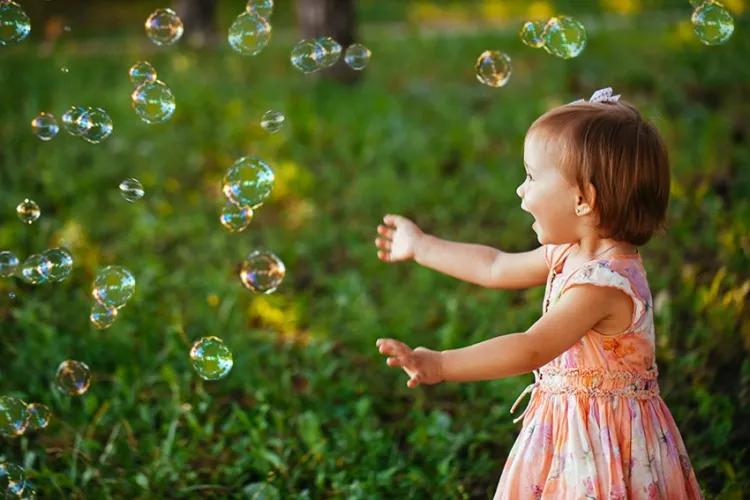The Fascinating World of Water Bubbles: Formation and Science...!!!
Water bubbles are a fascinating aspect of the natural world, formed by the interplay of surface tension, pressure, and buoyancy. Whether they are pure water bubbles, soap bubbles, or carbonated water bubbles, their formation and behavior are governed by the same scientific principles.

Water bubbles are a captivating phenomenon found in everyday life, from bubbles in a glass of water to those created by soap in a bathtub. Understanding the formation and behavior of water bubbles involves exploring the principles of surface tension, pressure, and the properties of liquids and gases.
Surface Tension and Bubble Formation
Surface Tension:
-
Surface tension is the force that pulls molecules on the surface of a liquid together, creating a "skin-like" effect.
-
Water's high surface tension, due to hydrogen bonding between its molecules, allows bubbles to form.
Bubble Formation:
-
When air is introduced into water, surface tension creates a barrier that holds the air inside, forming a bubble.
-
Bubbles form because water's surface tension resists the penetration of air, creating a spherical shape, the shape with the least surface area for a given volume.
Types of Water Bubbles
-
Pure Water Bubbles:
-
Formed when air is trapped within water, creating bubbles that rise to the surface and burst.
-
Soap Bubbles:
-
Created when a thin layer of water is trapped between two layers of soap molecules.
-
Soap reduces water's surface tension, allowing the bubble to stretch and form larger sizes.
-
Carbonated Water Bubbles:
-
Contain dissolved carbon dioxide gas.
-
When pressure is released (e.g., opening a soda bottle), the gas escapes as bubbles.
The Science Behind Water Bubbles
Pressure and Volume:
-
Bubbles form and rise due to the pressure difference between the bubble's inside and the surrounding water.
-
According to Boyle's Law, the gas volume inside a bubble increases as the pressure decreases while rising to the surface.
Buoyancy:
-
Bubbles rise because the air inside them is less dense than the surrounding water.
-
The buoyant force pushes bubbles upward until they reach the surface and burst.
Bubble Coalescence:
-
When two bubbles come into contact, they may merge to form a larger bubble.
-
This process, known as coalescence, occurs when the thin film between the bubbles breaks down, allowing the air to combine.
Applications and Fun with Bubbles
Scientific Research:
-
Bubbles are used in scientific research to study fluid dynamics and gas exchange processes.
-
They play a role in underwater acoustics and are studied for their impact on sound propagation in water.
Everyday Uses:
-
Soap bubbles are common in cleaning products, as they help trap and remove dirt and grease.
-
Bubble baths and bubble machines provide entertainment and relaxation.
Art and Play:
-
Bubbles are popular in art and play, captivating children and adults alike.
-
Artists create bubble sculptures and use bubbles in performances to create mesmerizing visual effects.
Water bubbles are a fascinating aspect of the natural world, formed by the interplay of surface tension, pressure, and buoyancy. Whether they are pure water bubbles, soap bubbles, or carbonated water bubbles, their formation and behavior are governed by the same scientific principles. Bubbles are not only a subject of scientific study but also a source of joy and creativity in everyday life. By understanding the science behind water bubbles, we can appreciate their beauty and complexity, making the simple act of blowing bubbles an experience filled with wonder.
What's Your Reaction?

















